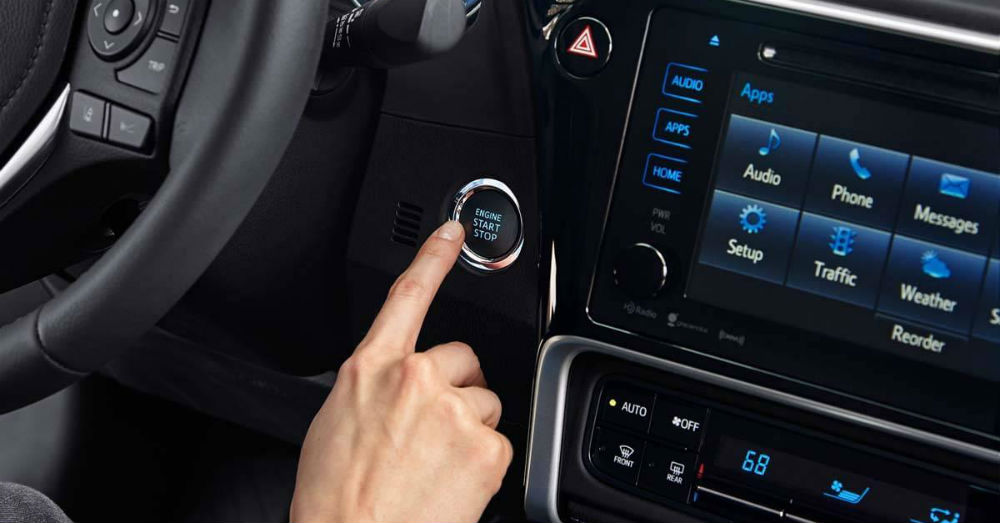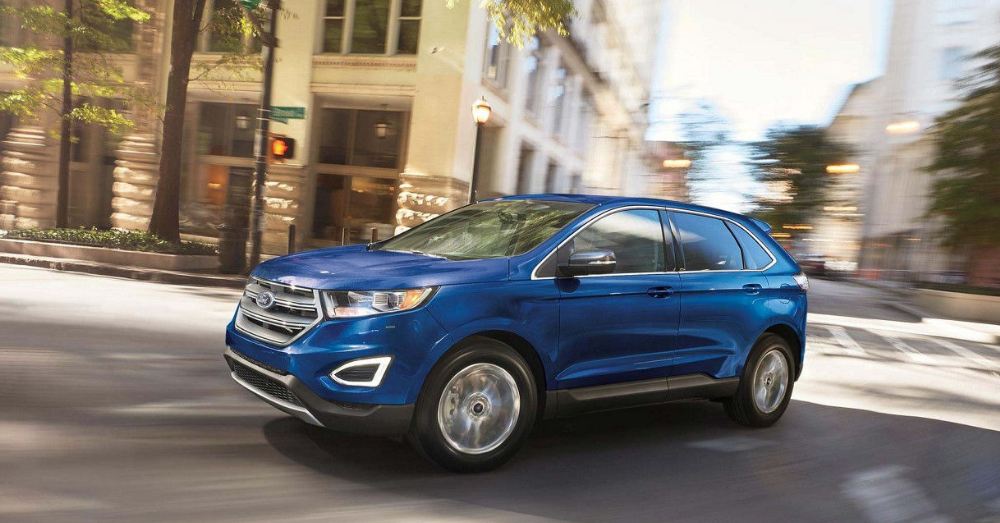
Uber is Out to Make Changes
A few months ago Uber launched a fleet of self-driving cars on the streets of Pittsburgh to provide their ride sharing service to the city. As the home to the Uber headquarters, this made the most sense as the place to start the transition forward, but now Uber seems poised to challenge the laws in California in an effort to bring a small fleet of vehicles to the streets of San Francisco for testing and as part of its operation. Uber was born in Silicon Valley and certainly would love to offer these self-driving test vehicles on the roads of San Francisco but there are some roadblocks.
The California law states that a company that is testing a self-driving prototype must obtain a test permit to do so. Uber has not and doesn’t seem anxious to obtain a permit because they feel the law doesn’t apply to them. The reason for this discrepancy; the human backup. Uber requires all their self-driving test vehicles to have a human backup in the vehicle and the California law applies to self-driving vehicles. This would simply be another argument that Uber has launched in its ten year history where it’s argued about several different aspects of how its company does business.
The vehicles that will be on the streets of San Francisco will be Volvo luxury SUV models. This city is a great testing place for Uber and for any other ride sharing service because of the narrow streets, steep hills, fog, constant changing landscape and high population density. San Francisco can be the proving grounds needed for self-driving vehicles to be able to learn and develop the technology that will become part of the automotive world going forward. As for Uber, a customer can choose a self-driving Volvo SUV and the ride won’t cost any more than if only a human driver was present.
The argument that ensues has taken the wording of the California law and applied it to the Uber vehicles. Under California law an autonomous vehicle (which requires the permit) can drive itself without the active physical control or monitoring of a natural person. Because Uber argues their vehicles cannot perform to this level yet, they are not autonomous and thus shouldn’t require a permit to drive on the San Francisco streets. To Uber this seems to be logical, although the state authorities argue that Uber needs to fall under the same compliance as other companies.
While the cost of the permit is negligible, it’s only $150 and an agreement to have a human driver present that can take over control along with proof of insurance, the lack of a permit gives Uber a serious competitive advantage. Those companies with permits are requires to report all crashes and any occasion when the human driver has to take over control of the vehicle. Without a permit, Uber won’t have to make these reports which are made public and can give potential customers information during a testing period that could lead toward a negative reputation.
While Uber fights this battle and the state of California hold their ground we can certainly admire the fact that Uber is moving forward with their self-driving ride sharing programs. They have already told us there are more issues to be worked out as these vehicles may be a little too cautious or a changing landscape hasn’t been uploaded to the GPS in these cars, but a move forward is to bring this technology to more cities around the country. If Uber is allowed to drive their Volvo models without a driver in San Francisco it’s going to open many more doors and provide more data that can be used.
This post may contain affiliate links. Meaning a commission is given should you decide to make a purchase through these links, at no cost to you. All products shown are researched and tested to give an accurate review for you.



